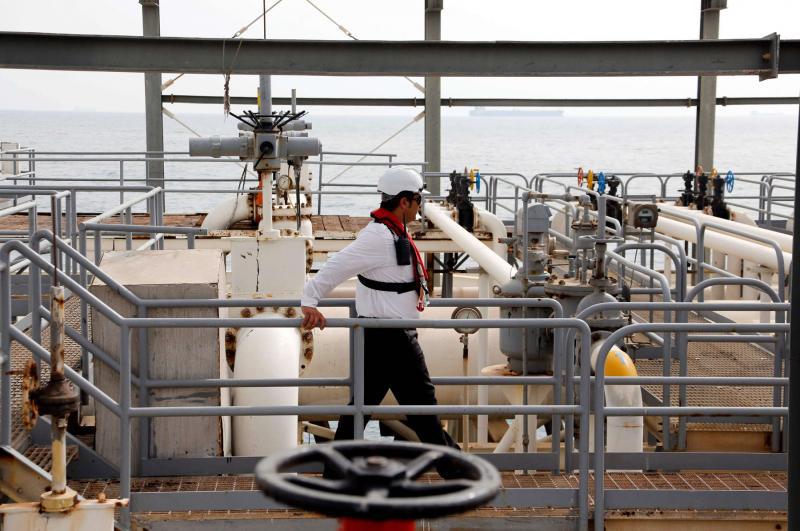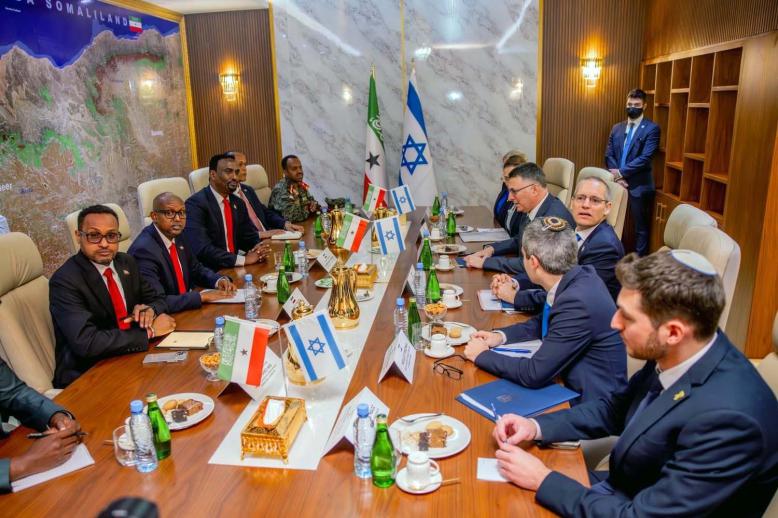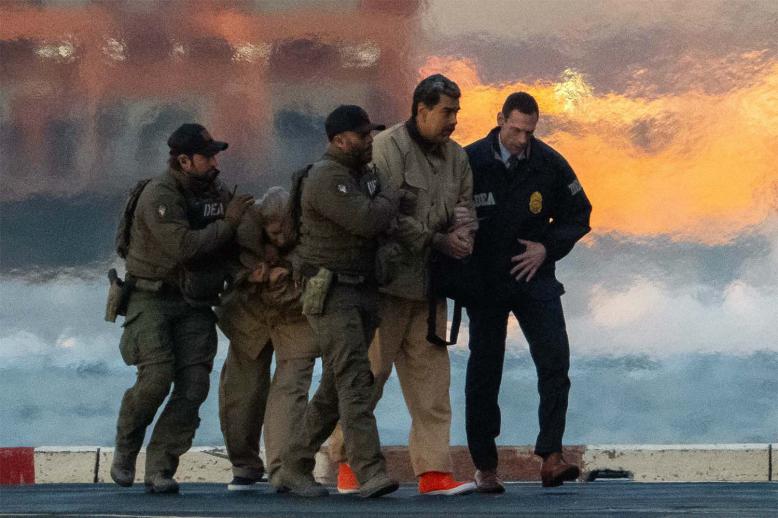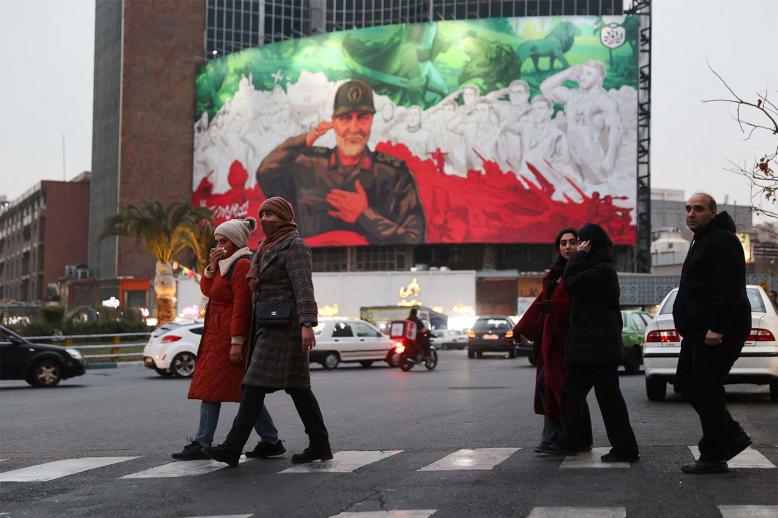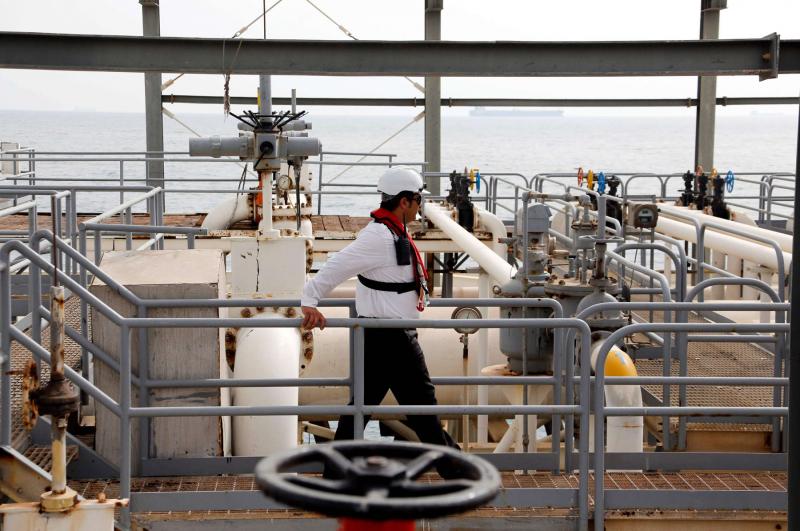Will Iran be hit hard by new US sanctions? It remains to be seen
The first US deadline for countries to end business with Iran is in August. This will give an indication of how much bite what US Secretary of State Mike Pompeo called “the strongest sanctions in history” will carry.
The Trump administration is no stranger to hyperbole but two weeks after the State Department said the United States would reduce Iran’s oil exports to zero, Pompeo announced that waivers might be granted for countries or companies buying Iranian oil.
In April, Iran reported oil exports of 2.6 million barrels per day (bpd), one-third of which went to Europe and two-thirds to Asia. European companies are already cutting back. Total and Shell are ending purchases and Maersk announced it would no longer carry Iranian shipments.
In Asia, South Korea and Japan are likely to comply with US wishes — albeit reluctantly and slowly — but Iran’s two biggest customers are China and India, which in April took 671,000 and 604,000 bpd, respectively.
China has made clear it will defy the United States. Beijing recently introduced oil futures priced in yuan and wants its currency used in international trading, including oil. India has allowed Iran’s Pasargad Bank to open in Mumbai to facilitate energy payments and said it would seek waivers over oil imports and in developing Chabahar Port in Iran, which it sees as a trade lifeline to Afghanistan and central Asia.
The European Commission proposed using a 1996 blocking statute, which protected European companies that had been trading with Cuba despite a US trade embargo. European national leaders, however, are reticent. Given the importance of the US market and of the dollar, they are struggling to respond to Tehran’s demand it be compensated for new US sanctions.
EU trade with the United States was $718 billion in 2017, dwarfing its $21 billion trade with Iran. French President Emmanuel Macron said France will not counter-sanction US companies. German Chancellor Angela Merkel has envisaged “certain relief” for smaller companies while warning against “illusions” over “compensating all businesses.” Renault, which does not sell vehicles in the United States, has said it would downsize but would remain in Iran. Peugeot-Citroen suspended a joint venture in Iran.
In upstream energy, there is little expectation that Total will receive a US waiver for its $5 billion agreement for Phase 11 of Iran’s South Pars gas field, the biggest since multilateral sanctions eased in 2016. European memoranda of understandings (MoUs) are unlikely to bear fruit. These include Shell’s for the South Azadegan and Yadavaran oil fields and for the Kish gas field, as well as MoUs held by Norway’s DNO, Austria’s OMV and Schlumberger, an energy services company.
Iran will look even more to Russian and Chinese companies. Tehran has given Total until August to gain a US waiver or lose out to the China National Petroleum Company. Russian companies Lukoil, Gazprom and Tatneft will move ahead on MoUs, adding to Zarubezhneft’s $742 million agreement for the Aban and West Paidar fields, while Iran talks with Gazprom and Rosneft over other fields.
Like Europe, China and Russia have more business with the United States than with Iran. Beijing had $636 billion trade with the United States in 2017 compared to $38 billion with Iran; Russia $27 billion with America compared to $10 billion with Iran.
However, Russia and China also have a high level of state coordination and ownership that means companies with less US exposure will be the ones expanding business in Iran. Hence, while there have been reports that Russian steelmakers Severstal and MMK were scaling back sales to Iran, Moscow signalled very clearly — just before US President Donald Trump’s summit with Russian President Vladimir Putin in Helsinki — that energy deals will go ahead.
All in all, the “strongest sanctions in history” will fall short of the 2012-16 sanctions coordinated among the United States, the European Union and the United Nations that halved Iran’s oil exports and ended foreign investment. The remaining six signatories to the Iranian nuclear deal met in Beijing and stressed the practical strength as well as legal force of multilateralism.
Iran’s leaders are aware that oil prices have risen since Trump announced withdrawal from the nuclear agreement, with Brent up from $72 to $77 a barrel. Declining exports from Libya and Venezuela may lead the price to rise further. Reducing Iran’s oil exports by 1.2 million bpd would cost Tehran $33 billion a year at $75 a barrel but every extra dollar on oil adds nearly $1 billion a year to Iran’s income at current volumes.
Political tensions spook markets. The reminder from Iranian President Hassan Rohani on July 4 that Iran could close the Strait of Hormuz in response to the United States was as much an attempt to put upward pressure on oil prices as to remind America, Israel and Saudi Arabia that Tehran also has military options.
Gareth Smyth has covered Middle Eastern affairs for 20 years and was chief correspondent for The Financial Times in Iran.
This article was originally published in The Arab Weekly.


